Brothers in Alms - Portraits
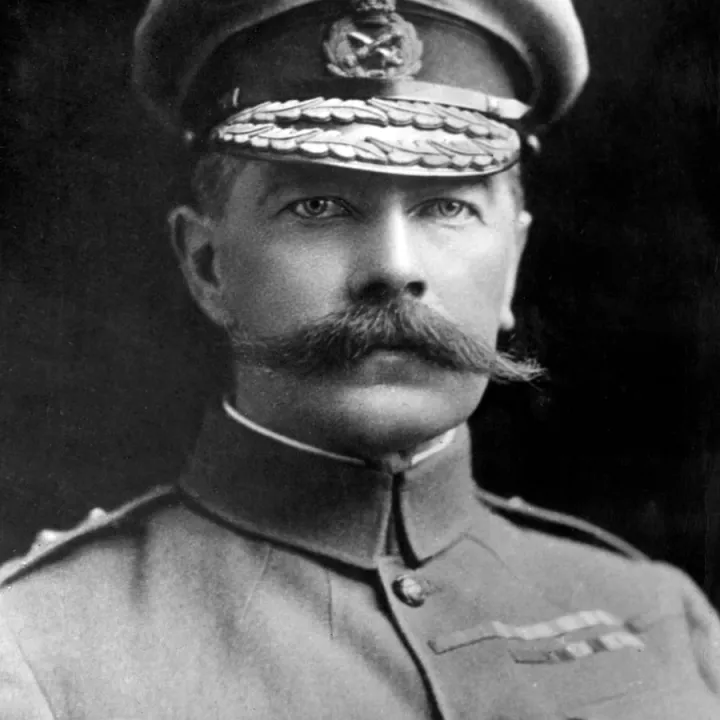
Field Marshal Horatio Herbert Kitchener (1850-1916)
Photo: Rischgitz/Hulton Archive
Earl Kitchener of Khartoum was Britain’s most celebrated soldier at the beginning of the First World War.
Kitchener served with distinction in Egypt, the Sudan and South Africa in important campaigns and became Commander-in-Chief of the Indian Army.
Kitchener was made Secretary of State for War in 1914 and singularly in cabinet predicted a long drawn out campaign.
Kitchener was introduced to Freemasonry by the Duke of Connaught. He was a member of fifteen lodges and had been District Grand Master of Egypt and the Sudan and of the Punjab.
He is best remembered for the famous enlistment poster with his mesmeric stare and his gloved finger pointing at YOU.
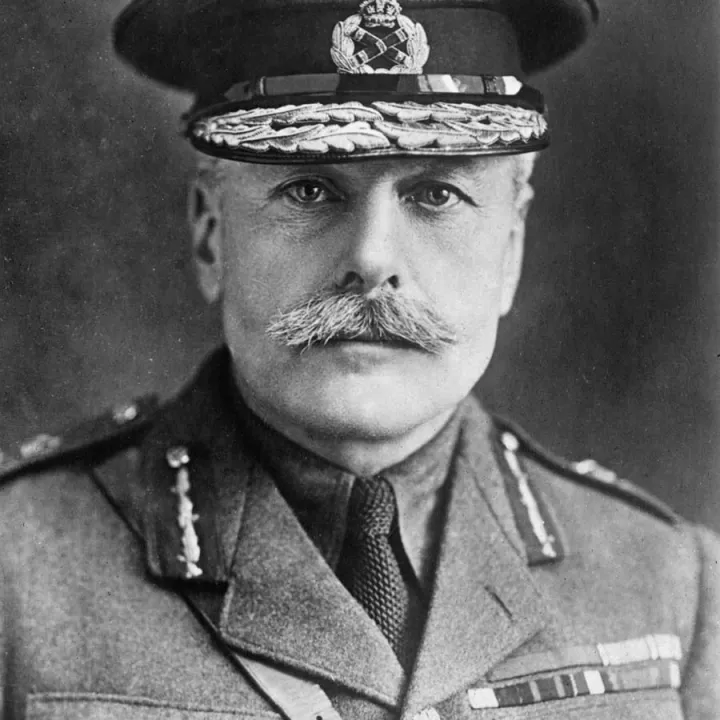
Field Marshal Douglas Haig (1861-1928)
Photo: Granger Historical Picture Archive/Alamy Stock Photos
Earl Haig was Commander-in-Chief of the British Army on the Western Front from 1915 until the end of the war. He was a career soldier and had previously served in campaigns in the Sudan, South Africa and in India.
After the war he refused his Earldom until the government agreed increased financial aid for demobilized soldiers. He devoted the rest of his life to the welfare of ex-servicemen and helped found the British Legion and the Poppy Appeal in 1921. He also set up the Haig Fund and the Haig Homes charities to ensure housing and financial assistance for ex-servicemen.
Haig was a member of Elgin’s Lodge at Leven No. 91 (Grand Lodge of Scotland).
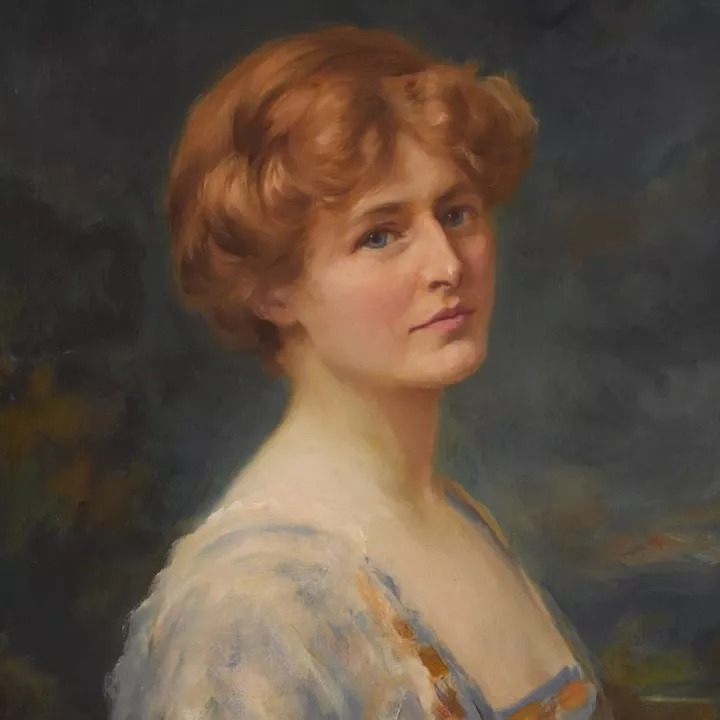
Major General Dame Florence Burleigh Leach (1874-1956)
Photo: National Army Museum
Dame Florence Leach was one of the most remarkable women in the war.
Leach volunteered for the Women’s Legion in 1915. The Legion comprised women volunteers who took over much of the work of cookery, canteen, clerical and motor transport, freeing up soldiers for front line duty. She became Controller in 1917 and brought the 7,000 cooks and staff under her command into the newly formed Women’s Army Auxiliary Corps and in 1918, Leach was made Controller-in-Chief of the WAAC. By war’s end 57,000 women had volunteered and 9,000 had served on the Western Front.
Leach became the first military dame (DBE) in 1919.
She joined the Honourable Fraternity of Ancient Freemasons in 1910 as a member of Golden Rule Lodge No. 1 and encouraged many comrades to join her.
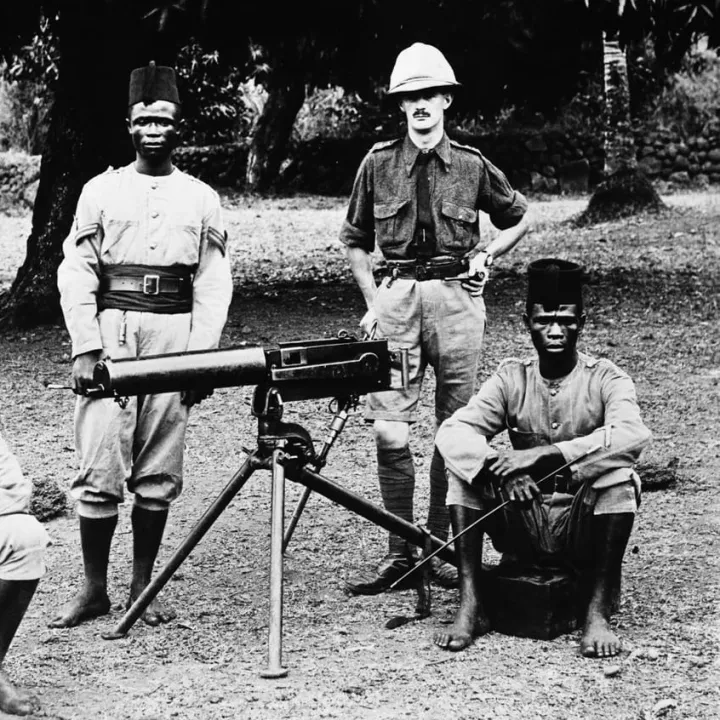
John Henry Stephen Dimmer VC (1883-1918)
Photo: Hulton Deutsch Collection/CORBIS/Corbis via Getty Images
Dimmer became a regular soldier in 1901, despite having been previously rejected from the army owing to his small stature. In 1902, he was posted to South Africa and was promoted to Corporal due to his draughtsmanship and mapping skills. An ambitious man he studied engineering, tactics and military law in order to earn a commission. He was the first “ranker” officer in the King’s Royal Rifle Corps.
He was awarded the Victoria Cross for his action on 12 November 1914, at Klein Zillebeke. His citation for the award quotes, “this officer served his machine gun... until he had been shot five times – three times by shrapnel and twice by bullets, and continued at his post until his gun was destroyed.” He served a further three and a half years rising to the rank of Lieutenant Colonel until killed in action at Marteville, France on 21 March 1918, leading his troops on his white charger.
He was a member of the Pentangle Lodge No. 1174. When the Lodge met on 11 December 1914 it was resolved “that Brother Dimmer be congratulated on his heroic conduct on his gaining the most prized of all things to an Englishman, the Victoria Cross.”
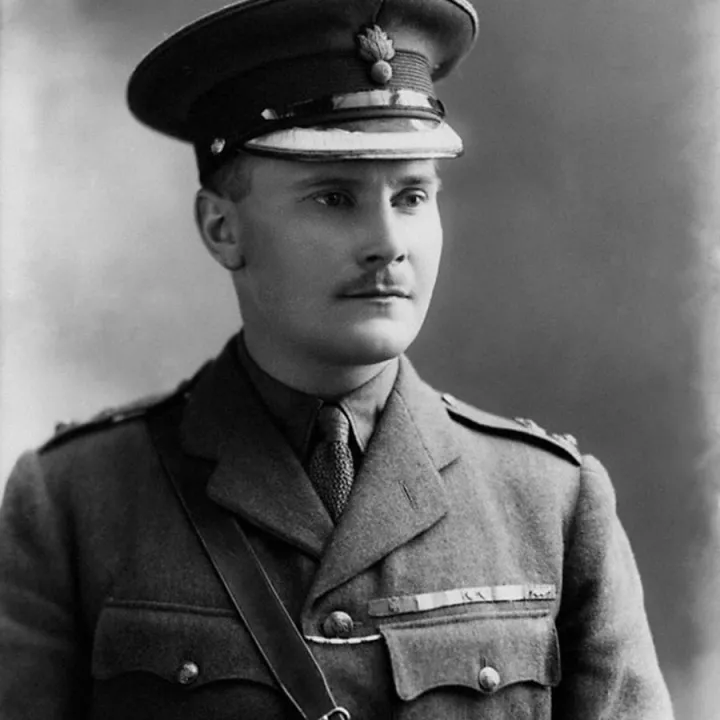
Bernard Cyril Freyberg, VC (1889-1963)
Photo: National Portrait Gallery
Freyberg was born in England and moved to New Zealand at the age of two. In early 1914 he set off for Mexico where he fought with Pancho Villa in the revolution. When he heard that war had broken out in Europe he went first to Los Angeles and won a swimming competition and then on to New York where he won a boxing match to pay his fare to England to enlist.
Freyberg persuaded Churchill to grant him a Royal Naval Volunteer Reserve commission. In 1915 he volunteered to swim in the Gulf of Saros to light flares to distract enemy forces from the real landing at Gallipoli which earned him his first DSO. In November 1916, he transferred to the army in the final stages of the Battle of the Somme and was awarded the Victoria Cross. The citation for the award quotes, “for his valor and utter contempt for danger.” He was wounded so many times that his comrades said there was hardly a part of his body unscarred.
Freyberg then went on to serve in the Second World War with equal distinction and daring as General of the 2nd New Zealand Expeditionary Forces and was again wounded many times. Churchill named him ‘the salamander’ due to his love of fire. From 1946 to 1952, he served as Governor General of New Zealand and was given a peerage in 1951 as Baron Freyberg of Wellington, N.Z.
A very active Freemason, he was a member of the Household Brigade Lodge No. 2614.
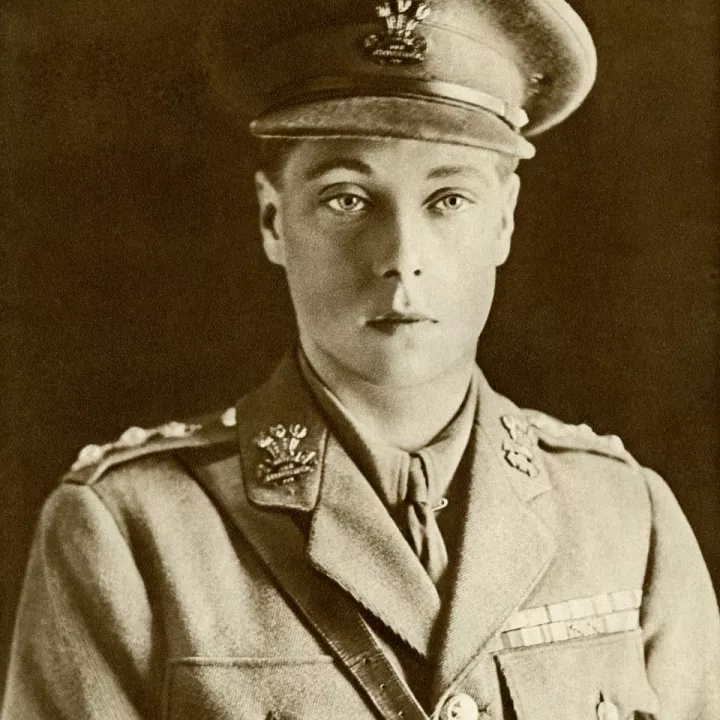
HRH Prince Edward, Prince of Wales (1894-1972)
Photo: Lebrecht Music & Art/Alamy Stock Photos
Edward had first become a cadet in the Royal Navy at the Royal Naval College at Dartmouth. He became the Prince of Wales in 1911, after his father became King. He served for three months as midshipman on the Battleship Hindustan.
In 1914, Edward joined the Grenadier Guards before the war started, but Lord Kitchener would not allow him to serve on the front lines for fear of his safety as heir to the throne. Later in the war he did however visit the front lines, which made him popular with the troops, and for which he was awarded the Military Cross. He made a great effort to visit poverty stricken areas of Britain after the war.
He was initiated as a member of the Household Brigade Lodge No. 2614 until he became king in 1936.
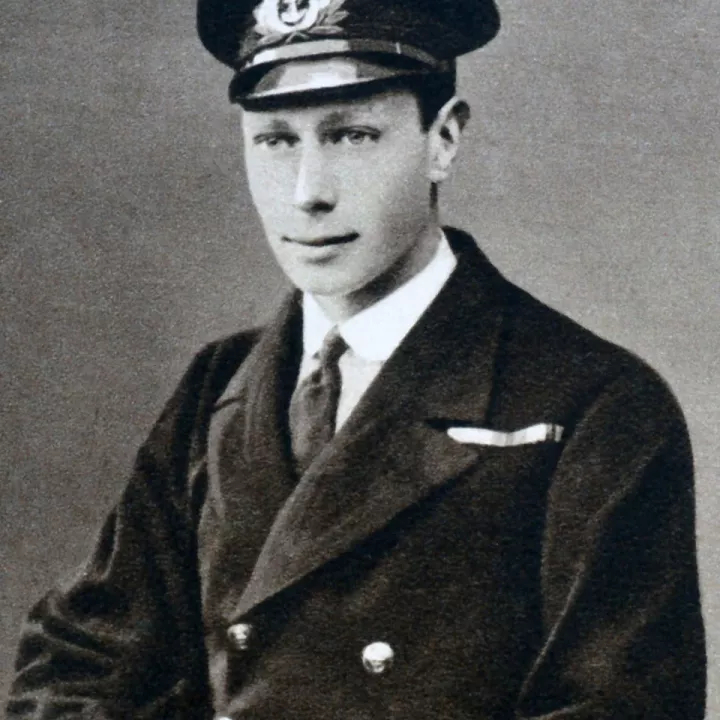
HRH Prince Albert (1895-1952)
Photo: World History Archive/Alamy Stock Photos
Albert, later King George VI, followed his brother into the Royal Navy and the Royal Naval College at Dartmouth. In 1913, he became midshipman on the HMS Collingwood.
Unlike his brother as the ‘spare,’ not the heir, he was allowed by Kitchener to be on the front line and was mentioned in dispatches for his actions as a turret officer during the Battle of Jutland, the principal naval battle of the war. He wrote about it in his diary and about the horror of killing, which he was witness to for the first time.
The prince took great interest in soldiers’ welfare. He joined the RAF before the war ended and became the first Royal to gain his pilot’s licence.
He accompanied the Belgian monarch King Albert I on his triumphal re-entry into Brussels on 22 November 1918.
He was initiated into Navy Lodge No. 2612, of which his grandfather Edward VII had been founding master.
Join Freemasonry today
Locate your local lodge where you live, work or study.
International lookup by area